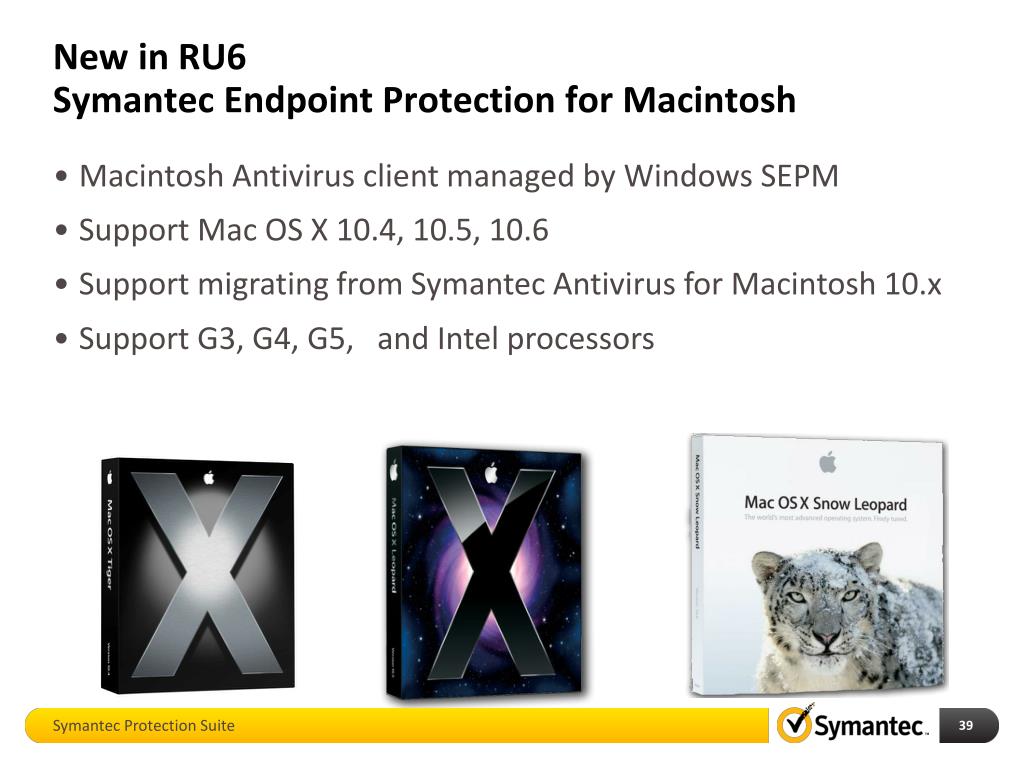
Network Proxy support is offered in two modes: Automatic and Manual configuration. You can manually write this value through Group Policy. To accommodate routing Extended Endpoint Protection traffic through a central proxy server, Extended Endpoint Protection looks for a registry value where you can assign the address of a target proxy server. This means Extended Endpoint Protection does not benefit from any configured browser-side proxy settings. Configuration requirements Route traffic through a central proxy serverīy default, Extended Endpoint Protection communicates directly to the cloud outside a browser. If your firewall does not handle dynamic IP address resolution, then all outbound traffic must be allowed to any destination address in the table above. IP addresses used by these services may change regularly. US customers ProtocolĪ.comĪ.comĪ.comĪ.com Communication with Alert LogicĪll endpoints must have the ability to communicate outbound over TCP connections to the following domains via the defined ports. VirtualBox VMs are not currently supported. The application supports the following OS-level language settings:Īt steady state, Extended Endpoint Protection uses the following resources: 64-bit operating systemsĮxtended Endpoint Protectionis supported on guest virtual machines (VMs) powered by most commercial hypervisor providers, such as VMware, AWS, and Azure. 64-bit operating systems running on 64-bit processors.

Requirements for Alert Logic Extended Endpoint Protection System requirements Operating systemsĮxtended Endpoint Protection supports the following operating systems:Įxtended Endpoint Protection supports the following processors:


 0 kommentar(er)
0 kommentar(er)
